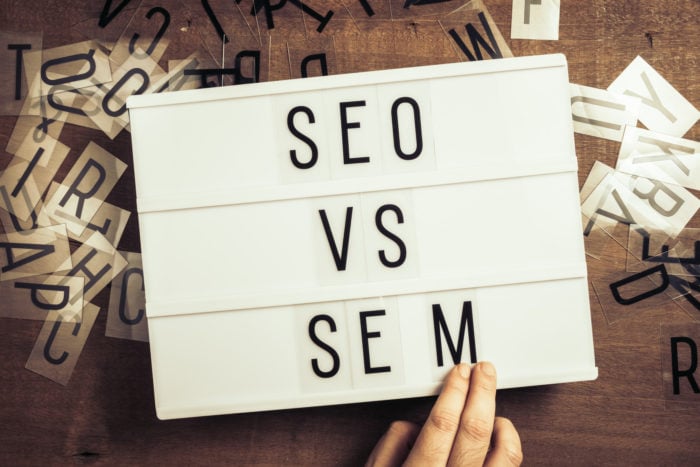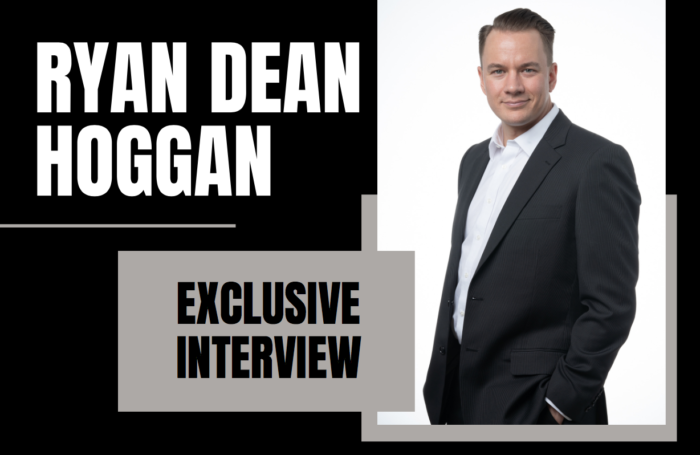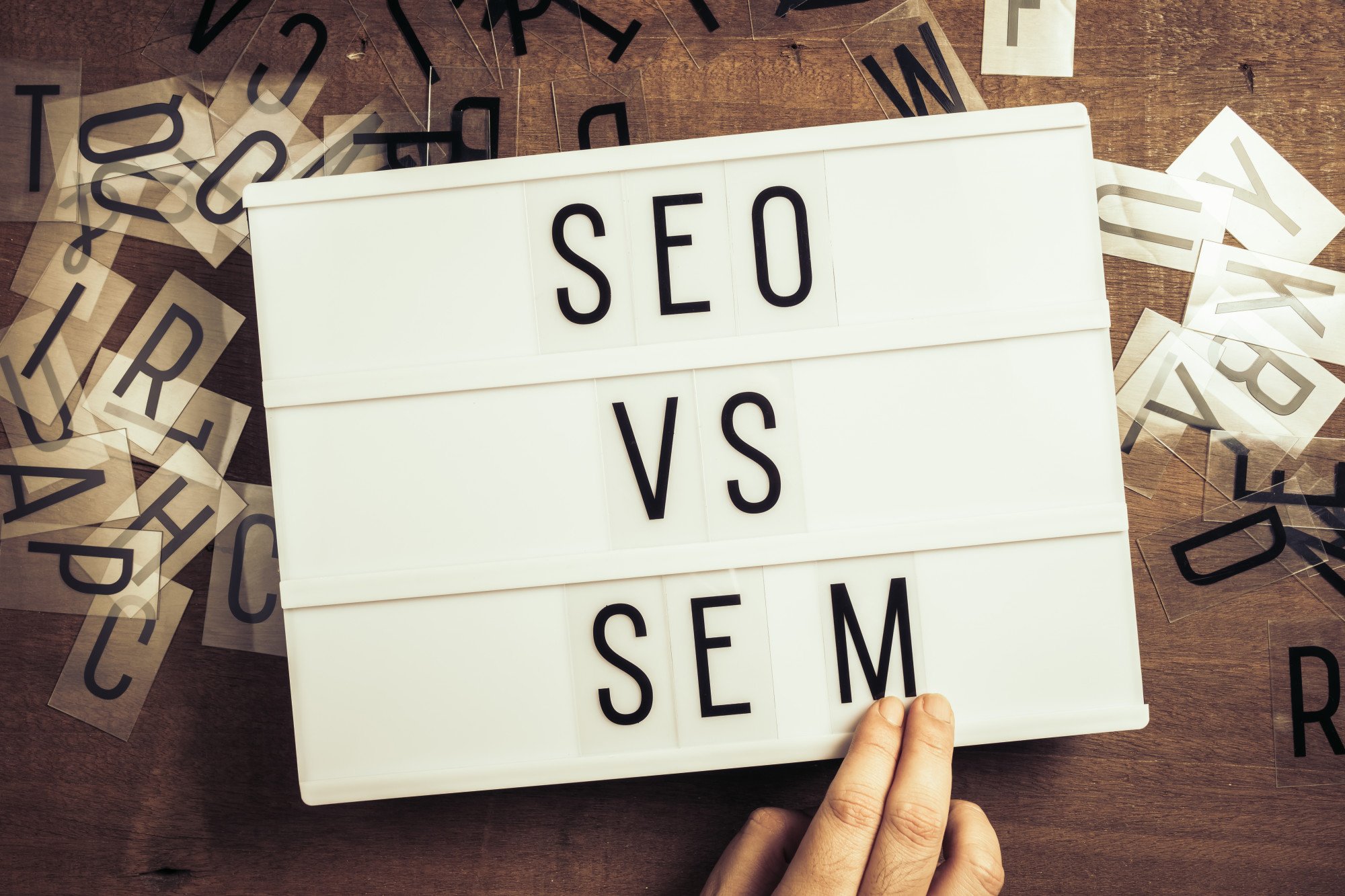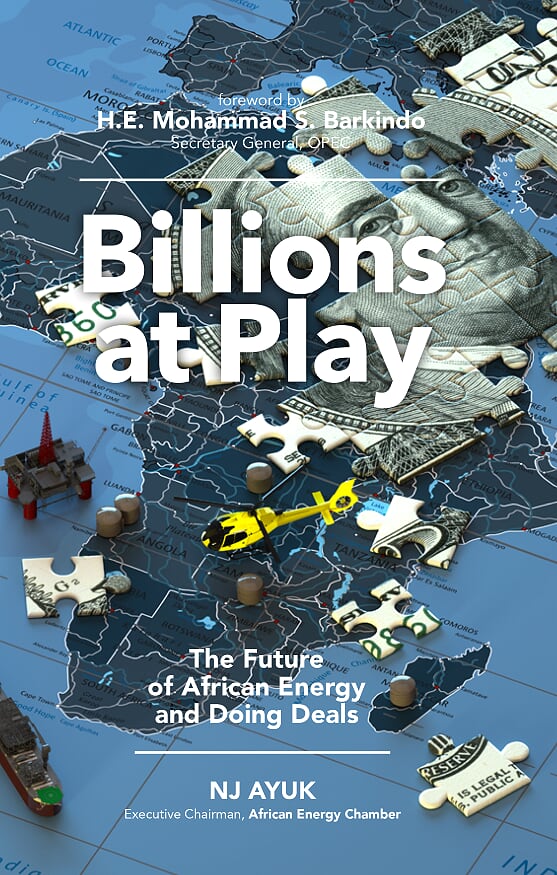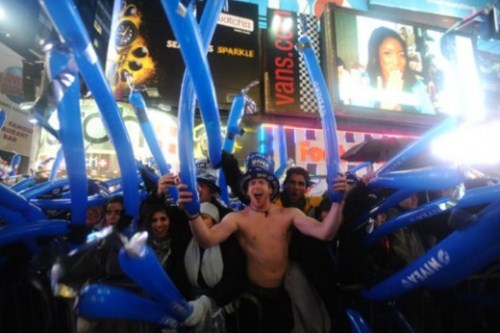Number 4 on Forbes’ latest (March 2011) list of world’s billionaires is Bernard Arnault. With an estimated net worth of $41 billion, he is also the richest person in Europe. So who is this man of spectacular success and great wealth?
Arnault is a French businessman – chairman and CEO of LVMH, the world’s largest luxury goods conglomerate – who has enjoyed both strong criticism and tremendous admiration over time. Applying aggressive business and marketing strategies, he often took great risks in order to reach his goals. And his efforts paid off: he has been one of the richest men alive for many years now, and over the last year his fortune surged by $13.5 billion.
Bernard Arnault was born on March 5, 1949 in Roubaix. He graduated at Maxence Van Der Meersch High School and then went on to continue his education at the École Polytechnique in France. From here he graduated as an engineer in 1971 and soon joined his father’s company called Ferret-Savinel. This was a property and construction firm which he helped grow considerably in a relatively short time. When he was 27 he convinced his father to change the company’s focus to real estate (they started building timeshares on the French Riviera) and three years later, in 1979, he became the new president of the company, succeeding his father.
When in 1981 the Socialists rose to power in France, Arnault and his family (wife and two children) emigrated to the United States. Here he continued the construction business by creating Ferinel Inc. in Palm Beach, Florida. His success however wasn’t as great as he had hoped it to be, and after the political climate in his country of origin changed for the better, he returned home. This happened in 1983, only a couple of years after his adventurous move to the States. Once back in France he took over Boussac, a bankrupt textile firm which owned the Christian Dior brand. And here is where the story of his great success really begins.
By the time he returned to France, Arnault had already learnt an important lesson in America. Before leaving Florida, he sold his beautiful Mediterranean-style residence in New York to a neighbor, John Kluge. The new owner of the property had no hesitation in knocking the house down only to improve his view. This simple and very practical gesture taught Bernard an important lessons that he later consistently applied in his business: “When something has to be done, do it! In France we are full of good ideas, but we rarely put them into practice”, he told Forbes in 1997.
Arnault’s acquisition of Boussac was facilitated by Antoine Bernheim of investment firm Lazard Frères. Bernheim was a good and powerful friend, as he arranged for Arnault to purchase the textile company with only $15 million. The remaining $80 million was supplied by Lazard. But why was this acquisition so important to Bernard Arnault? Well, it’s simple, really. He just wanted to put his hands on Christian Dior – which he saw as a potential “luxury-good supermarket” for the rich – and start exploring the luxury industry.
He soon sold many divisions of Boussac that didn’t have much to do with his new goals, retaining the Dior brand and the Le Bon Marché department store. Almost all the money that resulted from these sales he then invested in purchasing 24% of the controlling shares of LVMH (Moët Hennessy • Louis Vuitton S.A.). Here too he made some big changes, after gaining control over the company: numerous layoff, including among the top executives of Vuitton, were made and new specialists were hired. This aggressive takeover made Arnault famous for being one of the roughest personalities in France’s business history, but it also ensured him a lot of sincere appreciation and respect. While some were calling him “an asset shuffler, a raider, a French Donald Trump”, others said that he was “setting good examples for the French economy”. We believe both voices were telling the truth.
One thing that we didn’t tell you yet about Bernard Arnault is that in his younger days he took piano lessons. His mother and his second wife, Hélène Mercier also played the piano, so it’s not difficult to understand where his love for art and creativity comes from. This special inclination of his has helped him immensely in his business career. He understood very well that the world of luxury needed something new, fresh and bold, and he didn’t hesitate to respond to this need in order to stand out from the crowd and become truly successful.
He dared to be different even in terms of business management, which led to a series of important brand purchases during the 1990s. Companies like TAG Heuer, Sephora and Givenchy all found a place under the LVMH name. Many criticized him for not knowing where to stop and for risking too much by acquiring so many brands. The criticizing voices were partly right, because when some of his acquisitions failed to match his financial expectations, the profit was no longer large enough to justify the money spent on purchasing luxury names. Naturally, the shopping spree stopped, but the cash flow didn’t.
Soon enough other people in the luxury world began to realize that his bold approach to business was actually a very clever one, and they started to create luxury conglomerates of their own, like Richemont and PPR. Now these two holding companies are also LVMH’s main competitors.
About Bernard Arnault’s personal life we can tell you that he has been married twice, and from these two marriages five children were born. His daughter, Delphine Arnault (born in 1975) became the first woman to reach the position of director at her father’s company, at age 28. She is now one of the richest women in the world. A nephew of his, Harry Seaman, is also actively involved in LVMH, researching in Australia and overseeing sales.
As mentioned before, Arnault is an art lover, which has made him a noted art collector as well. Following François Pinault’s example, he even created the Louis Vuitton foundation for contemporary art. The building will be opened sometime in 2012 at the Jardin d’Acclimation.

